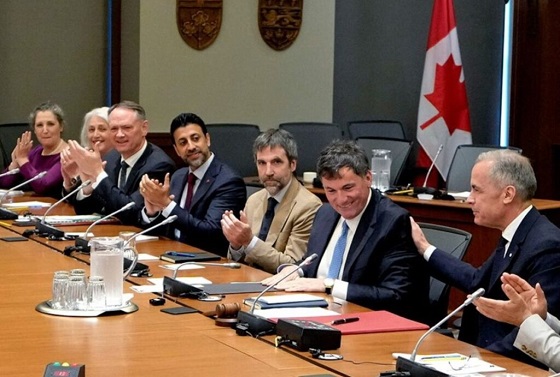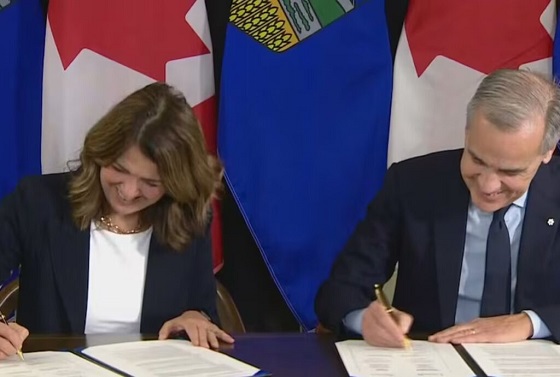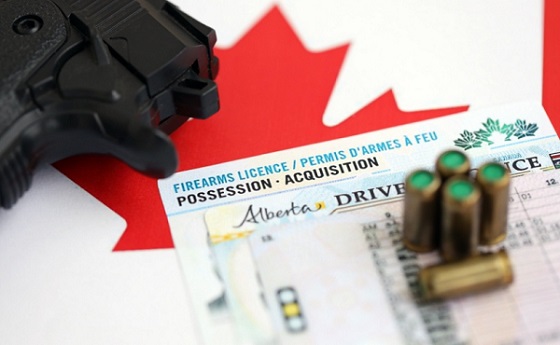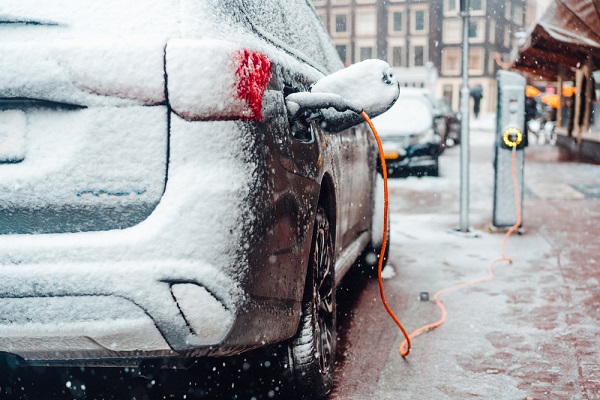Uncategorized
Tired and angry, migrant caravan splinters in Mexican state

ISLA, Mexico — A 4,000-strong caravan of Central American migrants
The divisions came during a tense day in which tempers flared and some migrants argued with caravan organizers and criticized Mexican officials. They were upset that Veracruz Gov. Miguel Angel Yunes had reneged on an offer late Friday to provide buses on Saturday to leapfrog the migrants to Mexico City.
The migrants trekked to the town of Isla, about 700 miles (1,126
But other migrants, mainly men and the younger members of the group, kept on walking or hitching rides toward Puebla and Mexico City. They hunkered down for the night in Juan Rodriguez Clara or Tierra Blanca farther along the route.
“We think that it is better to continue together with the caravan. We are going to stay with it and respect the organizers,” Luis Euseda, a 32-year-old from Tegucigalpa, Honduras who is
Caravan organizers have pleaded for buses in recent days after three weeks on the road, hitching rides and walking. With the group scattered, some have raised questions about whether the caravan would stick together.
In a statement, the migrants lambasted Mexican officials for directing them northward through the Gulf Coast state of Veracruz, calling it the “route of death.” A trek via the sugar fields and fruit groves of Veracruz takes them through a state where hundreds of migrants have disappeared in recent years, falling prey to kidnappers looking for ransom payments.
Authorities in Veracruz said in September they had discovered remains from at least 174 people buried in clandestine graves. Some security experts have questioned whether those bodies belonged to migrants.
Gerardo Perez, a 20-year-old migrant, said he was tired. “They’re playing with our dignity. If you could have only seen the people’s happiness last night when they told us that we were going by bus and today we’re not,” he said.
The caravan’s “strength in numbers” strategy has enabled them to mobilize support as they move through Mexico and has inspired subsequent migrants to try their luck via caravan.
Mexico faces the unprecedented situation of having three caravans stretched over 300 miles (500
On Friday, a caravan from El Salvador waded over the Suchiate River into Mexico, bringing 1,000 to 1,500 people who want to reach the U.S. border.
That caravan initially tried to cross the bridge between Guatemala and Mexico, but Mexican authorities told them they would have to show passports and visas and enter in groups of 50 for processing.
Another caravan, also of about 1,000 to 1,500 people, entered Mexico earlier this week and is now in Chiapas. That group includes Hondurans, Salvadorans and some Guatemalans.
The first, largest group of mainly Honduran migrants entered Mexico on Oct.
Mexican officials appear conflicted over whether to help or hinder their journeys.
Immigration agents and police have at times detained migrants in the smaller caravans. But several mayors have rolled out the welcome mat for migrants who reached their towns – arranging for food and camp sites.
Mexico’s Interior Department says nearly 3,000 of the migrants in the first caravan have applied for refuge in Mexico and hundreds more have returned home.
With or without the government’s help, uncertainty awaits.
President Donald Trump has ordered U.S. troops to the Mexican border in response to the caravans. More than 7,000 active duty troops have been told to deploy to Texas, Arizona and California ahead of the midterm elections.
He plans to sign an order next week that could lead to the large-scale detention of migrants crossing the southern border and bar anyone caught crossing illegally from claiming asylum.
__
Associated Press writer Amy Guthrie in Mexico City contributed to this report.
Sonia Perez D., The Associated Press
Uncategorized
Cost of bureaucracy balloons 80 per cent in 10 years: Public Accounts
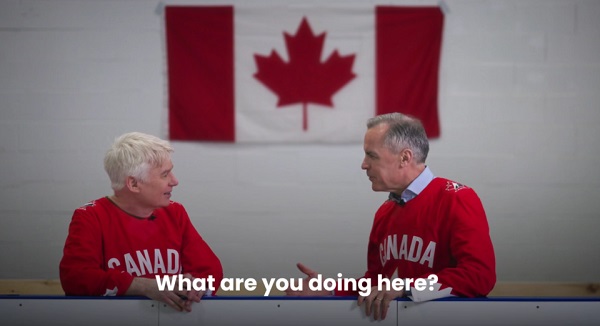
The cost of the bureaucracy increased by $6 billion last year, according to newly released numbers in Public Accounts disclosures. The Canadian Taxpayers Federation is calling on Prime Minister Mark Carney to immediately shrink the bureaucracy.
“The Public Accounts show the cost of the federal bureaucracy is out of control,” said Franco Terrazzano, CTF Federal Director. “Tinkering around the edges won’t cut it, Carney needs to take urgent action to shrink the bloated federal bureaucracy.”
The federal bureaucracy cost taxpayers $71.4 billion in 2024-25, according to the Public Accounts. The cost of the federal bureaucracy increased by $6 billion, or more than nine per cent, over the last year.
The federal bureaucracy cost taxpayers $39.6 billion in 2015-16, according to the Public Accounts. That means the cost of the federal bureaucracy increased 80 per cent over the last 10 years. The government added 99,000 extra bureaucrats between 2015-16 and 2024-25.
Half of Canadians say federal services have gotten worse since 2016, despite the massive increase in the federal bureaucracy, according to a Leger poll.
Not only has the size of the bureaucracy increased, the cost of consultants, contractors and outsourcing has increased as well. The government spent $23.1 billion on “professional and special services” last year, according to the Public Accounts. That’s an 11 per cent increase over the previous year. The government’s spending on professional and special services more than doubled since 2015-16.
“Taxpayers should not be paying way more for in-house government bureaucrats and way more for outside help,” Terrazzano said. “Mere promises to find minor savings in the federal bureaucracy won’t fix Canada’s finances.
“Taxpayers need Carney to take urgent action and significantly cut the number of bureaucrats now.”
Table: Cost of bureaucracy and professional and special services, Public Accounts
| Year | Bureaucracy | Professional and special services |
|
$71,369,677,000 |
$23,145,218,000 |
|
|
$65,326,643,000 |
$20,771,477,000 |
|
|
$56,467,851,000 |
$18,591,373,000 |
|
|
$60,676,243,000 |
$17,511,078,000 |
|
|
$52,984,272,000 |
$14,720,455,000 |
|
|
$46,349,166,000 |
$13,334,341,000 |
|
|
$46,131,628,000 |
$12,940,395,000 |
|
|
$45,262,821,000 |
$12,950,619,000 |
|
|
$38,909,594,000 |
$11,910,257,000 |
|
|
$39,616,656,000 |
$11,082,974,000 |
Uncategorized
Trump Admin Establishing Council To Make Buildings Beautiful Again
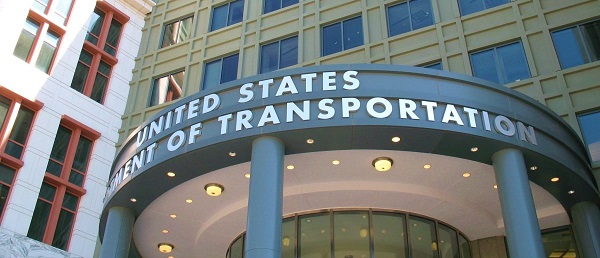

From the Daily Caller News Foundation
By Jason Hopkins
The Trump administration is creating a first-of-its-kind task force aimed at ushering in a new “Golden Age” of beautiful infrastructure across the U.S.
The Department of Transportation (DOT) will announce the establishment of the Beautifying Transportation Infrastructure Council (BTIC) on Thursday, the Daily Caller News Foundation exclusively learned. The BTIC seeks to advise Transportation Secretary Sean Duffy on design and policy ideas for key infrastructure projects, including highways, bridges and transit hubs.
“What happened to our country’s proud tradition of building great, big, beautiful things?” Duffy said in a statement shared with the DCNF. “It’s time the design for America’s latest infrastructure projects reflects our nation’s strength, pride, and promise.”
“We’re engaging the best and brightest minds in architectural design and engineering to make beautiful structures that move you and bring about a new Golden Age of Transportation,” Duffy continued.
Mini scoop – here is the DOT’s rollout of its Beautifying Transportation Infrastructure Council, which will be tasked with making our buildings beautiful again. pic.twitter.com/
9iV2xSxdJM — Jason Hopkins (@jasonhopkinsdc) October 23, 2025
The DOT is encouraging nominations of the country’s best architects, urban planners, artists and others to serve on the council, according to the department. While ensuring that efficiency and safety remain a top priority, the BTIC will provide guidance on projects that “enhance” public areas and develop aesthetic performance metrics.
The new council aligns with an executive order signed by President Donald Trump in August 2025 regarding infrastructure. The “Making Federal Architecture Beautiful Again” order calls for federal public buildings in the country to “respect regional architectural heritage” and aims to prevent federal construction projects from using modernist and brutalist architecture styles, instead returning to a classical style.
“The Founders, in line with great societies before them, attached great importance to Federal civic architecture,” Trump’s order stated. “They wanted America’s public buildings to inspire the American people and encourage civic virtue.”
“President George Washington and Secretary of State Thomas Jefferson consciously modeled the most important buildings in Washington, D.C., on the classical architecture of ancient Athens and Rome,” the order continued. “Because of their proven ability to meet these requirements, classical and traditional architecture are preferred modes of architectural design.”
The DOT invested millions in major infrastructure projects since Trump’s return to the White House. Duffy announced in August a $43 million transformation initiative of the New York Penn Station in New York City and in September unveiledmajor progress in the rehabilitation and modernization of Washington Union Station in Washington, D.C.
The BTIC will comprise up to 11 members who will serve two-year terms, with the chance to be reappointed, according to the DOT. The task force will meet biannually. The deadline for nominations will end Nov. 21.
-

 Business2 days ago
Business2 days agoCanada invests $34 million in Chinese drones now considered to be ‘high security risks’
-

 Great Reset2 days ago
Great Reset2 days agoSurgery Denied. Death Approved.
-
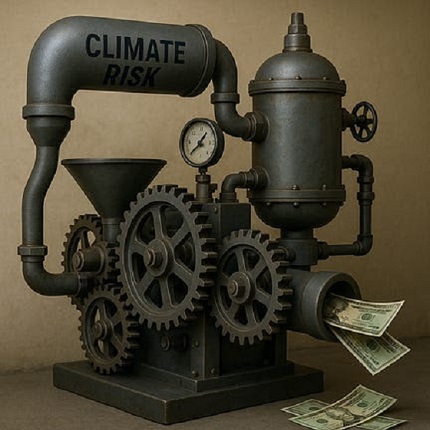
 Business2 days ago
Business2 days agoThe Climate-Risk Industrial Complex and the Manufactured Insurance Crisis
-

 Economy2 days ago
Economy2 days agoAffordable housing out of reach everywhere in Canada
-

 Health2 days ago
Health2 days agoThe Data That Doesn’t Exist
-

 Crime1 day ago
Crime1 day agoInside the Fortified Sinaloa-Linked Compound Canada Still Can’t Seize After 12 Years of Legal War
-

 Great Reset18 hours ago
Great Reset18 hours agoProposed ban on euthanasia for mental illness sparks passionate debate in Canada’s Parliament
-

 Automotive5 hours ago
Automotive5 hours agoThe $50 Billion Question: EVs Never Delivered What Ottawa Promised




